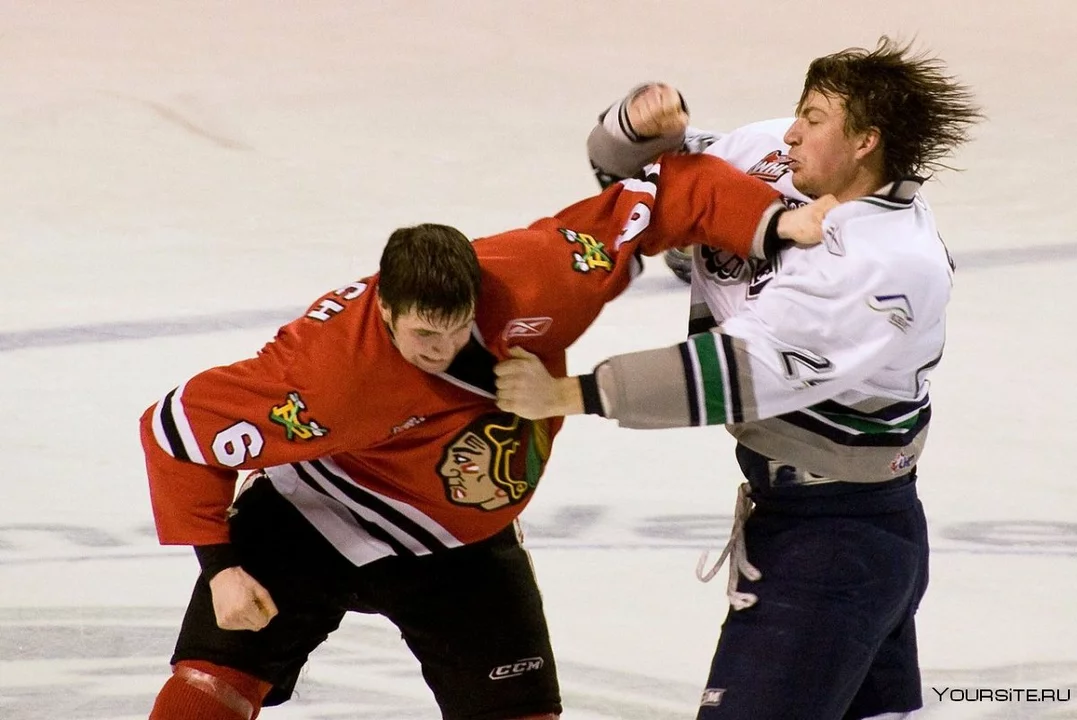Player Fights in Hockey – What Triggers Them and How They’re Handled
Ever wondered why you sometimes see two players drop their sticks and start throwing punches? It’s not just drama; fights are a built‑in part of the game’s culture. Knowing the why and the how can make you watch a match with fresh eyes.
Why fights break out on the ice
Most fights start because a player feels his teammate was hit too hard or unfairly. The unwritten code of hockey says you defend your crew, so a big hit often leads to a showdown. Sometimes a player wants to change the game’s momentum – a quick brawl can fire up his team and silence the crowd. A few players also use fights to settle personal scores from previous games.
Another common spark is frustration. When a game gets tight and penalties pile up, tempers flare. A missed call or a costly mistake can push a player over the edge. In junior leagues, younger athletes might fight to prove themselves or earn respect from veterans.
The rules and penalties behind a hockey fight
Officially, fighting is not allowed, but the rulebook treats it as a separate infraction. When a fight starts, referees drop their whistles, let the players swing, then step in as soon as it’s safe. The primary penalty is a five‑minute major for each combatant. If the fight is especially violent, a game misconduct or suspension can follow.
Enforcers – players hired for their physical presence – often absorb the five‑minute major without hurting the team’s line‑up. Coaches know this and sometimes keep an enforcer in the game just in case a brawl erupts. However, repeated fighting can rack up penalty minutes and hurt a team’s chances in the standings.
Fans love the spectacle, but the league tries to limit dangerous fights. Newer rules penalize hits to the head, and the NHL’s Department of Player Safety can issue fines or bans after review. So while you’ll still see a few punches each night, the sport is slowly moving toward safer play.
If you’re watching a game and a fight breaks out, keep an eye on the referee’s signal. A “F” flag means a fighting major is being assessed. The players head to the penalty box for five minutes, and the game continues with one less skater each side. That’s why you’ll see a sudden shift in pressure and scoring chances during a fight.
Understanding the why and the rulebook makes fights feel less random and more like a strategic element. It also helps you see how coaches, players, and officials balance excitement with safety. Next time a ruckus starts, you’ll know exactly what’s happening and why.
Why are player to player fights so common at hockey games?
As a huge hockey fan, I've often wondered why player to player fights are so common during games. It seems to me that these fights are a result of the intense physicality and competitive nature of the sport. Players often use these brawls to stand up for their teammates and establish dominance on the ice. Additionally, the crowd's reaction to the fights may also play a role, as fans tend to get excited and cheer louder when it happens. Despite the potential dangers of fighting in hockey, it appears to be a deeply ingrained aspect of the sport's culture.
View More